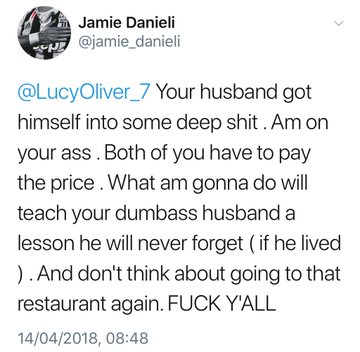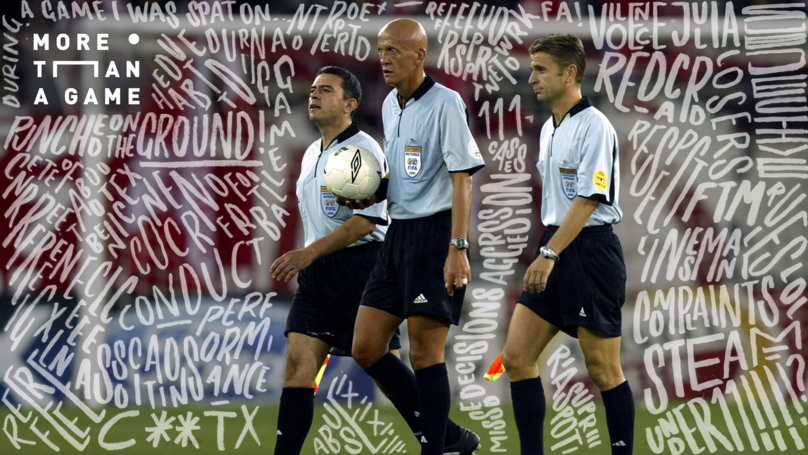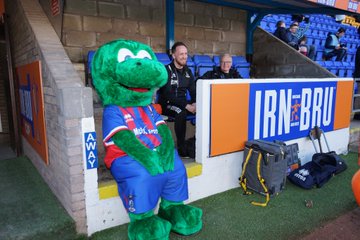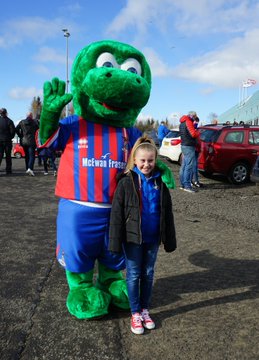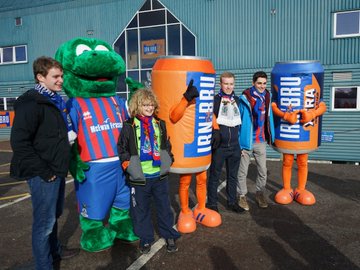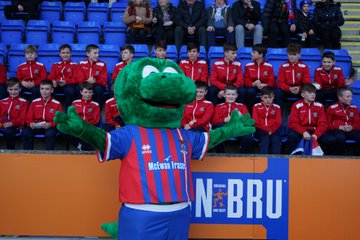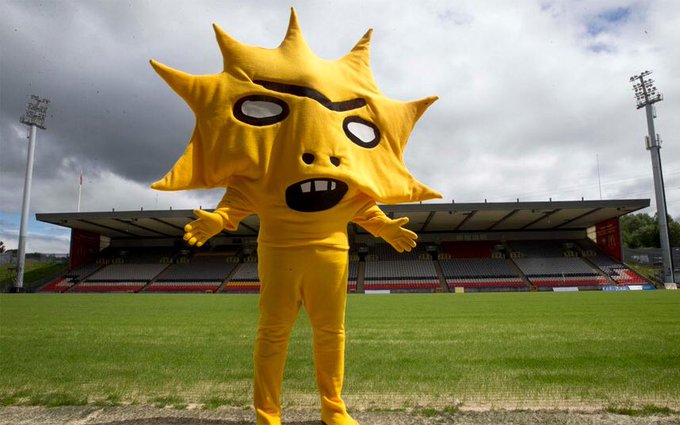“I didn’t feel anything; it was a completely numb sensation. I looked in the mirror and couldn’t recognise myself. There was this girl looking back at me with tears streaming down her face, a blood-soaked bandage on her arm. Behind her eyes was nothing. Nothing but sadness.”
Those with depression describe it as something which drags you into an unforgiving abyss. Once there, the light at the top slowly fades until you’re certain that all exits are closed and there’s only one way out.
Chloe Bellerby’s experience was no different. Her battle with depression took her to the brink. But with football, the 18-year-old found a way to conquer her illness.

Credit: Chloe Bellerby
“My first spell with depression was when I was 11-years-old,” Chloe says.
“I remember this as the first time I self-harmed. It was during this period where I’d often find myself feeling quite down, I thought about death a lot and wondered what it would be like if I was no longer around.
“I couldn’t understand why or what was causing me to feel this way. I wasn’t educated on mental health problems. Believing everyone my age felt that way, it was normal to hate myself.”
Chloe used her passion of football as a outlet to fight the affliction.
“It’s an intense game and you can’t afford to switch off – if you do, it can be costly. Football gave me a reason to breathe, a reason to get up on a morning. It’s completely saved me.”
Originally from Harrogate, Yorkshire, and now living in New Jersey, America, Chloe started playing when she was just five. Her career so far has been illustrious, but she’s still had knock-backs to wrestle with: Leeds United and York City snubbed her during her youth days, but she kept going and eventually Harrogate Town Ladies signed her.
However, her true breakthrough came with the help of a sports recruiting agency in America. With the company, and after sending footage of her playing skills to coaches, she earned a placement out in the USA.

Credit: Chloe Bellerby
“Football has offered me a lifeline. It’s been my getaway and offered me some sort of silence from the incredibly loud thoughts going on in my head. As soon as I step over those white lines, nothing else matters apart from the next 90 minutes.”
Not everyone suffers from depression, and this means it’s often misunderstood. Some people confuse the illness with just feeling sad. This is a common misconception about a serious health issue.
“Comparing the living nightmare of depression to day-day normal sadness is like comparing a paper cut to a broken leg,” Chloe explains.

Credit: Chloe Bellerby
“Depression isn’t sadness, it eats away at you from the inside out,” Chloe says. “It’s the dark cloud over your head that turns everything grey-scale from as soon as you wake in the morning to when you hit the pillow again on an evening.
“It’s the mental battle of carrying on because everyone else wants you to or giving up because there’s nothing or anyone to get up on a morning for. It’s with you all the time, some days more prominent than others.”
Chloe reached her nadir on 21st August – a day which will remain with her for the rest of her life. It was at this point Chloe found that everything was just too much, and so she decided to do something drastic.
“It was a Sunday evening and I had over 100 pills ready to take in my pocket. I was left alone with the incredibly dark and scary thoughts were racing through my mind. I couldn’t make sense of anything. The only thing that made sense at that moment was ending it all. I took every single one of the pills with a bottle of water I’d bought. Everything went quiet. The only thing I could hear was the thunderstorm pound in my chest.
“The feeling is indescribable; I genuinely thought it was the end. I was taken to hospital, where I was diagnosed with depression.”

Credit: Chloe Bellerby
Chloe survived the ordeal, but for others she believes the answer is ensuring that mental health remains in the public conscious, and that the stigma surrounding depression is eradicated.
“Mental health problems, especially with footballers, are so much more common than people think,” Chloe says.
“The more open we can be, the less judgement will be passed. It shouldn’t be a taboo subject, and as far as I’m concerned, mental health is just as important as physical health.”
It’s important that we normalise depression, even if its very definition is counter-initiative to our instinct as humans. But by making depression seem as common as possible, those afflicted will be encouraged to get the help they need.
“There is always someone there to listen; you are never alone in whatever you are going through,” Chloe explains.
“Remember that, although right now it doesn’t feel like it, what you’re feeling in this moment can’t last forever and that you can and will get through this. Rock bottom can be a platform to turn your life around.”
Chloe is now a mental health advocate as per @CandCFundraise and campaigns to raise funds for mental health charities. In April, she raised over £10,000 for Mind with a 202 mile walk from Leeds to London.
For some information visit.






